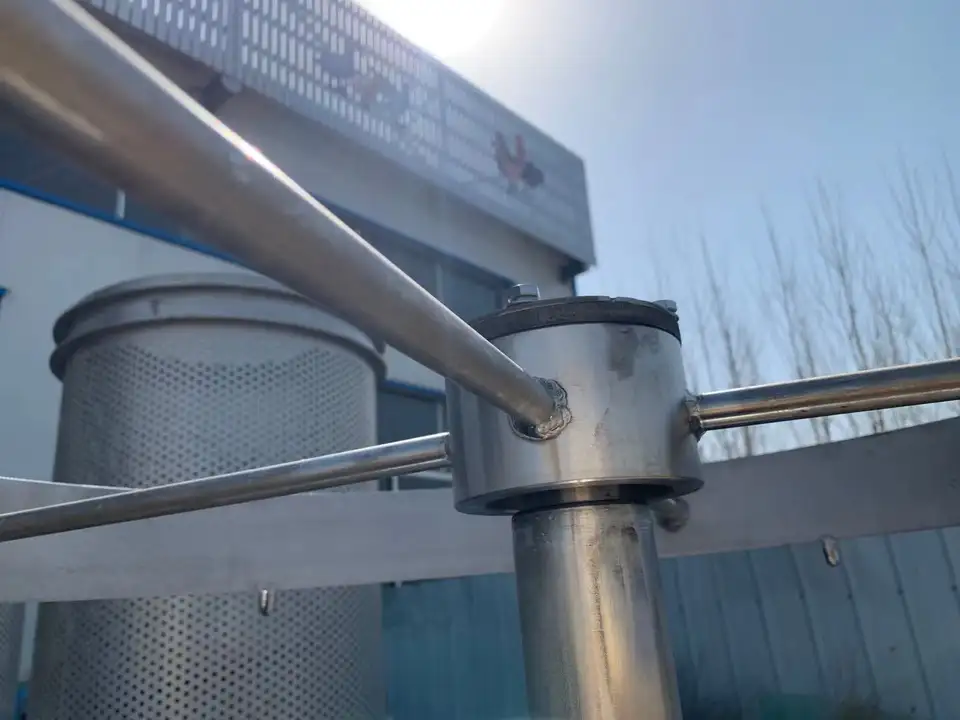Designing Innovative and Sustainable Transport Solutions for the Welfare of Chickens and Poultry
Jul . 25, 2024 05:11 Back to list
Designing Innovative and Sustainable Transport Solutions for the Welfare of Chickens and Poultry
The Importance of Chicken Transport Cages in Poultry Husbandry
In the poultry industry, the humane and efficient transport of chickens is a critical aspect that influences not only the well-being of the birds but also the quality of poultry products. One of the essential tools used in this process is the chicken transport cage. These specialized enclosures are designed to ensure safe, comfortable, and biosecure transport of chickens from farms to processing facilities, markets, or other destinations.
Chicken transport cages are typically made from durable materials such as plastic or metal, designed to withstand the rigors of transport while providing adequate ventilation. Ventilation is crucial for maintaining a stable environment within the cage, preventing overheating and ensuring that the birds have access to fresh air throughout their journey. The design of these cages has evolved over the years, with a focus on maximizing comfort and minimizing stress for the birds.
Stress is a significant concern in poultry transport. Chickens are sensitive animals, and factors such as overcrowding, excessive movement, or harsh environmental conditions can lead to a stress response that negatively impacts their health. Stress can compromise the immune system, making birds more susceptible to diseases. Therefore, well-designed transport cages that allow for appropriate spacing and comfort are vital in mitigating stress during transport.
An effective transport cage also incorporates features that help in the biosecurity of the birds. With the threat of avian diseases such as avian influenza, biosecurity measures are paramount. Transport cages are designed to be easily cleaned and sanitized, preventing cross-contamination between different batches of birds. Ensuring that these cages are free from pathogens before loading birds is a fundamental practice that helps protect flocks and ensure the safety of the food supply.
chicken transport cages

The welfare of chickens during transport is not only an ethical consideration but also a legal requirement in many countries. Regulations often dictate the minimum space requirements per bird, the maximum transport times, and the conditions in which chickens must be transported. Adherence to these regulations is essential for suppliers to maintain their licenses and operate within legal frameworks.
In addition to animal welfare, the design and implementation of effective chicken transport cages can also have economic implications. Efficient transport reduces losses due to stress-related health issues and improves overall flock quality. When birds arrive at their destination healthy and stress-free, the yield of high-quality meat and eggs increases. Additionally, reduced mortality rates during transport mean better financial returns for poultry producers.
Moreover, the use of transport cages can enhance logistics. With standardized sizes and designs, these cages can be easily stacked and loaded into vehicles, maximizing the number of birds transported at one time. This efficiency in logistics not only saves time and fuel but also reduces the carbon footprint associated with transportation processes.
In conclusion, chicken transport cages play a pivotal role in the poultry industry. They are essential for safeguarding the health and welfare of chickens during transport while ensuring biosecurity and compliance with regulations. As the industry continues to evolve, adopting innovative designs and materials for transport cages will remain crucial to meeting the growing demands for ethical animal husbandry practices, efficient logistics, and high-quality poultry products. By prioritizing the well-being of chickens during transport, the poultry industry can contribute to a more sustainable and humane food system.
-
Hot Sale 24 & 18 Door Rabbit Cages - Premium Breeding Solutions
NewsJul.25,2025
-
Automatic Feeding Line System Pan Feeder Nipple Drinker - Anping County Yize Metal Products Co., Ltd.
NewsJul.21,2025
-
Automatic Feeding Line System Pan Feeder Nipple Drinker - Anping County Yize Metal Products Co., Ltd.
NewsJul.21,2025
-
Automatic Feeding Line System - Anping Yize | Precision & Nipple
NewsJul.21,2025
-
Automatic Feeding Line System - Anping Yize | Precision & Nipple
NewsJul.21,2025
-
Automatic Feeding Line System-Anping County Yize Metal Products Co., Ltd.|Efficient Feed Distribution&Customized Animal Farming Solutions
NewsJul.21,2025






